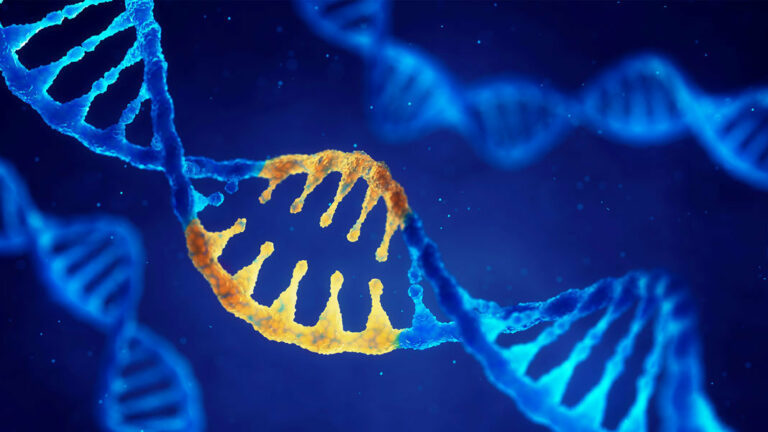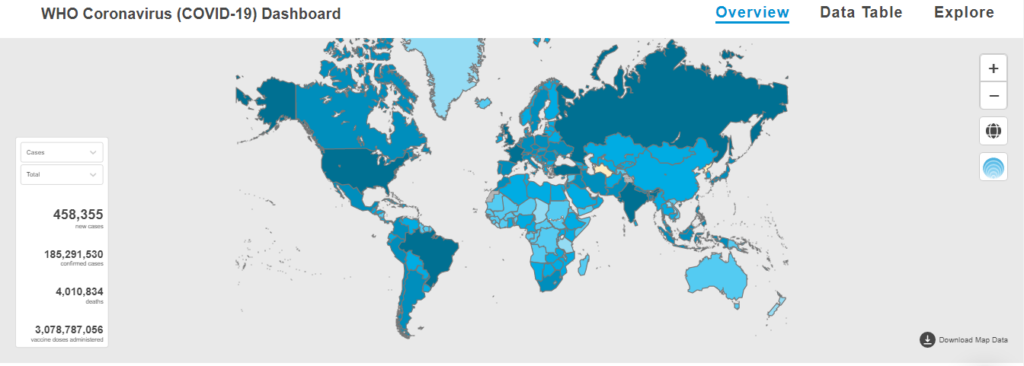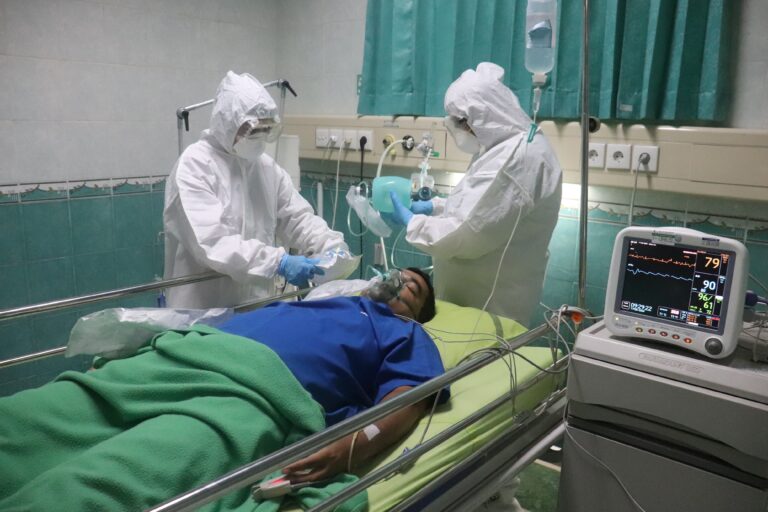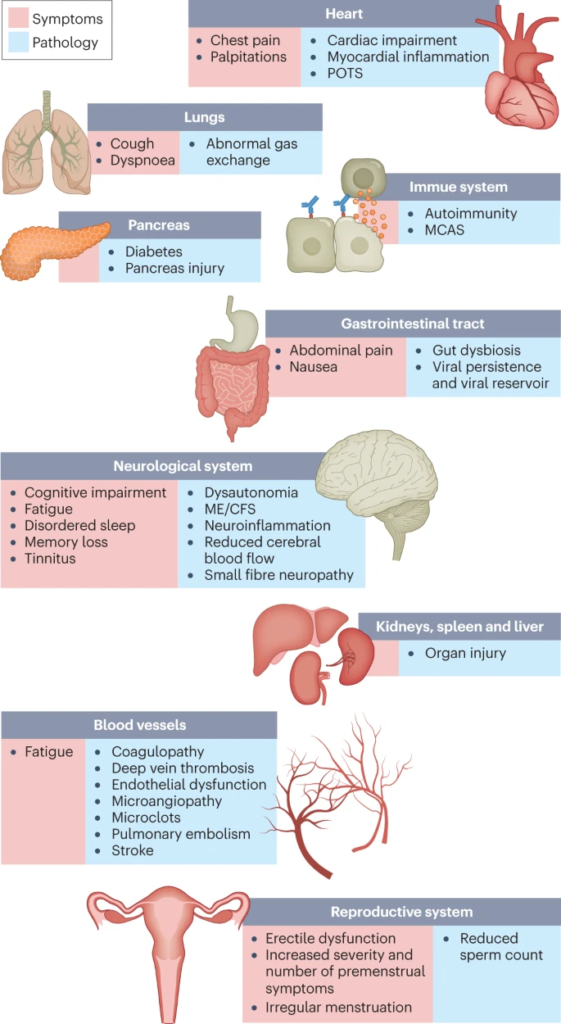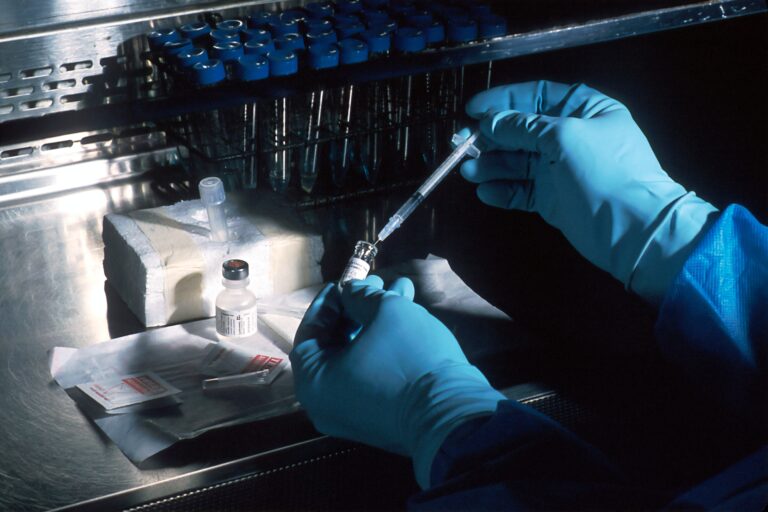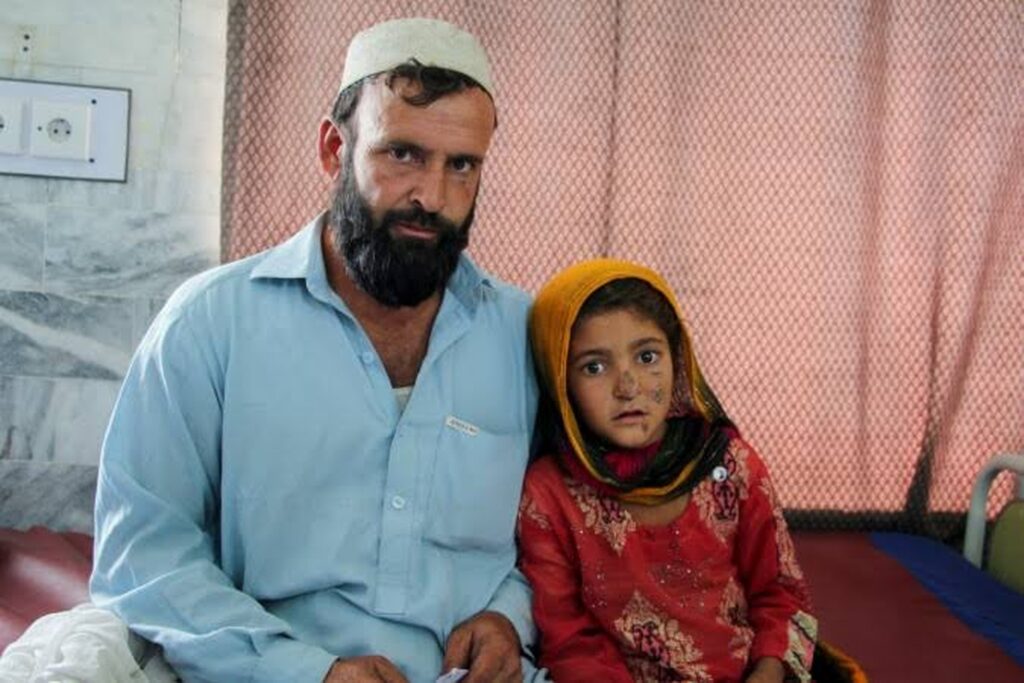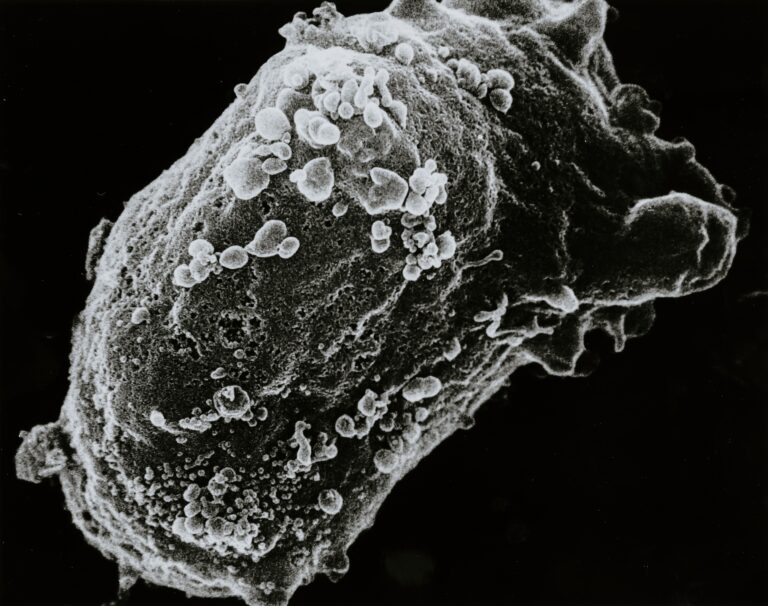Contagion is a 2011 thriller about the fictional MEV-1 pandemic, the piece that everyone rewatched in 2020. Primarily because of how the story was jaw-droppingly similar to the conditions across the globe back in the Coronavirus pandemic.
Contagion has gone viral again, its theme of the rapid sweeping of a novel virus called MEV-1. The movie shows the rapid spread of the deadly virus that kills 26 million people worldwide. The virus spreads through coughing and sneezing, just like Covid-19.
Several other pandemic movies have recently been seen rising to the top again, but none has received as much renewed success as Contagion. This documentary cum movie released in 2011 and made by director Steven Soderbergh stars Matt Damon, Kate Winslet, Gwyneth Paltrow, and many others. It is an anxiety-inducing biological disaster horror with terrifying scientific plausibility.

The film starts with patient zero, Paltrow, as Beth Imhoff, on day two of the outbreak. Imhoff in the beginning, looks rough, sweating, coughing, and eating peanuts from the airport bar (not a very good idea). In the sequence, Soderberg uses come clever camera work lingering on close-ups of inanimate objects, the peanuts, Beth’s card, and the touchscreen. Later in the movie, we would find out the scientific term for these i.e., “fomites”- shared surfaces where viral infections can spread from one person to another.
These fomites are shark fin in the water, the invisible threat that the movie returns to, repeatedly. Real-life experts have compared the pandemic in this movie to the current Covid-19 situation and they grade the movie high for focusing on fomites. And in their review, they also point out that the turnaround time would need to be longer more than a few days for the virus to shed from Beth’s respiratory tract or saliva to be spread to anything she’s touching.
The fictional disease in Contagion is called MEV-1. Burns and Soderberg conceived it while researching the H1N1 Flu pandemic in 2009, the 2003 SARS outbreak, and many other similar diseases. They consulted with researchers like Larry Brilliant, known for his work in eradicating smallpox, Ian Lipkin, a WHO specialist, and author Laurie Garrett.
These are the people who have dedicated their lives to studying real outbreak scenarios and conceiving hypothetical nightmare situations like one presented in this film. Beth dies two days later. MEV-1 moves super-fast, and that is the big part of the danger. Infected characters do not have much time after exposure to react or educate themselves, do self-quarantine, etc., before they accidentally pass it on to someone else. By comparison, Covid-19 seems to have a more extended incubation period reported as 14 days by WHO.
Another big difference appears to be the mortality rate. MEV has the mortality rate of between 20-30%, and by the end of the movie, it ends up killing twenty-six million people worldwide, which of course, is insanely high but not as high as the 50 million people who died in the 1918 Spanish Flu! The covid-19 mortality rate is still being determined, but as of March 3rd, it is mentioned to be 3.4% of reported cases. And the number will keep on fluctuating with time.
The disaster response in Contagion is roughly accurate to the one these days. In the movie, WHO deploys an epidemiologist Dr. Orantes to Hong Kong to try to identify its source; meanwhile, the CDC deploys CIS officer, Dr. Mears, to the cluster region in Minneapolis and to try to contain it. While all this happens, more terms are thrown to help the audience understand this disease.
Dr. Mears explains how one sick person is likely to infect others, R0 (reproductive rate of the virus). In the movie, this value is two and later jumps to four. The value for covid-19 is estimated at approximately 2.5, and again, that doesn’t make it deadlier; it is just a lot more infectious than the seasonal flu that comes every year.
The movie also introduces the CDC scientist Dr. Hextall who breaks down the MEV in the form of colors. She explains that the sequence of the virus contains both bat and pig sequences. The final scene of the film reveals the near accidental day one event. It shows Beth’s mining company, which deforests a jungle and displaces some bats that eat bananas.
A banana chunk drops in a pigpen, a pig eats a banana and ends up in the kitchen. And from one thing to the next, the chef touches pig’s mouth, doesn’t wash his hands, affects Beth, and Beth becomes a deadly carrier.
The science in the movie is mostly accurate, which is something to be appreciated as most of the movies don’t really consider that. Another notable research by Burns is on ecotones. Humans invade remote areas and expose the food chain to microbes, and their immune systems aren’t biologically prepared. Covid-19 stems from a family of beta Coronaviruses that all have their origins in bats.
Returning to the story, Dr. Hextall knows that for developing a vaccine, it’ll take months and months to reach human trials and FDA approval. This pushed her to take an enormous risk, and she ends up testing a vaccine strain on herself. Luckily it worked! This particular moment is an homage to physician Barry Marshall who inoculated himself with Helicobacter pylori to prove it was the cause of gastric ulcers. He was awarded the Nobel Prize in 2005 for his heroic contribution.
The genius of Contagion is the way it tackles the crisis with a large team of people working in various fields. Disease outbreaks make a community of specialists work together while the rest of us are obliged to listen to them and to abstain from freaking out too much.
The smart characters in the film make a lot of great heroic decisions. However, there are also occasional bad decisions, and the least heroic among them is Allen Crum Weedy, a social media influencer. He first breaks the footage of an early infected person and uses his followers to spread conspiracy theories and pedals snake oil cures like the homeopathic treatment called Forsythia. Misinformation spread by people like Crum Weedy is the true Contagion of Contagion. Indeed, nothing spreads like fear.
Also, read: Your Guide to the Movies with a Pandemic

